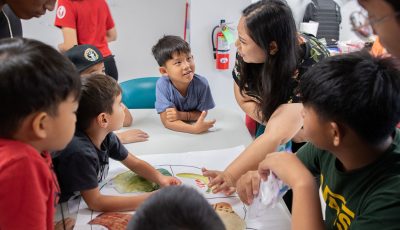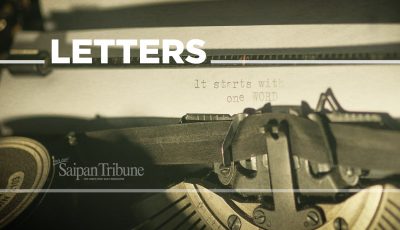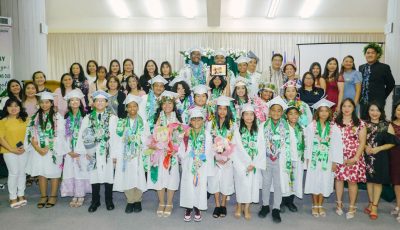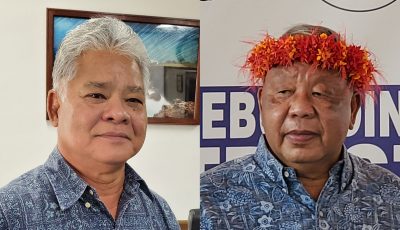What gender parity really is
Good evening everyone, women and men, guests, friends, and family,
Thank you joining us this evening for our first meet-and-greet gathering.
With March as Women’s Month, I want to start by saying that there is still a lot of work to be done in terms of achieving parity.
There continues to be a widespread misunderstanding in what women are trying to achieve and what gender parity really is.
Parity is the belief that all men and women should have equal rights and opportunities.
Women must do their part in educating themselves and taking advantage of opportunities to achieve gender balance.
From women in business, finance, law enforcement, education, health, construction and science to politics, women must take these chances and pursue these fields often dominated by men.
At the same time, men should not feel ashamed to compete or enter female dominated occupations to be homemakers, educators, nurses or even beauticians.
According to the 2015 Global Gender Gap Report, “the slow pace of progress in bridging the gap in economic opportunity between women and men means that women are only now earning the amount men earned in 2006, the year that the Global Gender Gap report was first created.
[The report] states that, “it will take the world another 118 years—or until 2133—to close the economic gap entirely.”The report also says that worldwide, only 25 countries have now closed their gap entirely, with the most progress having been made in university education, where women now make up the majority of students in nearly 100 countries.
It shows that political empowerment has the widest gap with only two countries reaching parity. This means that only 23 percent of the world is equal.
The most gender-equal countries in the world are Iceland, Norway, Finland, Sweden, Denmark, Belgium, Ireland, Rwanda, the Philippines, Nicaragua, Switzerland, and New Zealand.
Six years ago, the CNMI census report showed that there were over 48,000 people on the island.
Of the 48,000 people, over 24,000 were males and over 23,000 were females.
It showed that the median earnings in 2009 for a full-time woman living in Navy Hill was $24,375 while compared to a full time male worker in the same village was $32,500. This is an $8,000 yearly difference.
In the village of Papago, the median wage for males was $21,429 and for women it was $16,875. This is a $5,000 yearly difference.
In Kannat Tabla, it was $10,278 for men and for women it was $10,268. This is only a $10 difference. The villages with the most equal median earnings were Marpi, Garapan and Kagman among others.
For women working full-time while taking care of the home, going to school and possibly raising children on their own, these numbers illustrate a huge socio-economic gap.
In the political arena, there are only two women serving in our Legislature. In the U.S. Senate, there are only 20 women out of a 100.
This imbalance slows the growth of parity and economic policy that could improve gender equality.
Race, ethnicity, and gender really should not be determining factors in equality, but despite this belief, a gap does exist.
Businesses should commit or renew their commitment to paying all workers equally. Proactively monitoring and conducting salary audits can address gender based pay differences.
Policy makers and government leaders should improve or better implement the Equal Pay Act and create stronger incentives for fair pay and enforce better wage practices. For men and women, we must continue to not only attain higher education, but also be self-starters to gain work and volunteer experience and learn strategies and skills to negotiate better pay for qualified and skilled individuals.
This year, Women’s Affairs would like offer outreach and crises services for women experiencing gender inequality or social, economic and personal difficulties.
We would also like to have more fellowship meetings, skill workshops, seminars, scholarships and a help hotline to meet the needs of disadvantaged women, victims of domestic abuse, women in need of additional emotional, social, and economic support as well as to recognize, praise, and support women in leadership and women striving to live in parity.
We would like to hear from you and invite women to share their suggestions for more activities or programs they’d like Women’s Affairs to offer.
For more information or assistance, you may call our office at 237-2237/38.
***
Dolores Reyes Drew is the special assistant for Women’s Affairs. She made this speech during the Women’s Affairs “Meet and Greet Gathering” at Minatchom Atdao this past Tuesday.



























